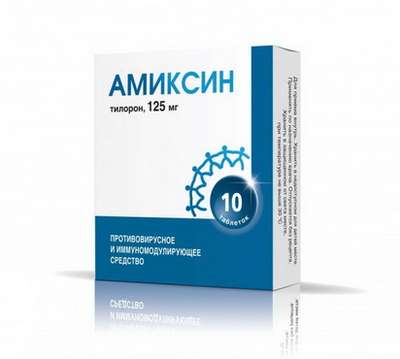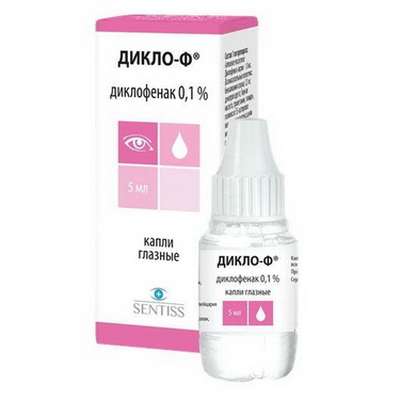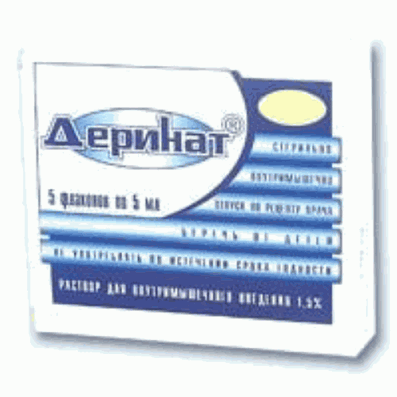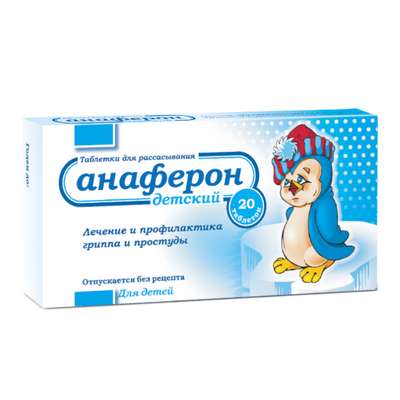Instruction for use: Butylaminohydroxypropoxyphenoxymethyl methyloxadiazole
I want this, give me price
Trade name of the drug – Proxodololum
Chemical rational name: 5- [2- (3-tert-butylamino-2-hydroxypropoxy) phenoxymethyl] -3-methyl-1,2,4-oxadiazole (as hydrochloride)
Dosage Form: white crystalline powder orwhite with Valium tone, readily soluble in water.
Pharmacotherapeutic group:
Alpha- and beta-blockers
Ophthalmic tools
The nosological classification (ICD-10)
H40.1 Primary open-angle glaucoma: open-angle glaucoma; Open-angle glaucoma; Primary glaucoma; pseudoexfoliation glaucoma; Elevated IOP
H40.2 Primary angle-closure glaucoma: closure Glaucoma; Glaucoma with a narrow angle of anterior chamber; Angle-closure glaucoma; Acute angle-closure glaucoma; An acute attack of angle-closure glaucoma; Elevated intraocular pressure angle-closure glaucoma; Chronic angle-closure glaucoma
H40.3 Glaucoma secondary posttraumatic: Post-traumatic secondary glaucoma; Glaucoma after cataract operated
H40.4 Glaucoma secondary to inflammatory diseases of the eye: Glaucoma uveal; Uveal secondary glaucoma
H40.5 Glaucoma secondary to other eye diseases: The secondary open-angle glaucoma; Glaucoma afakicheskaya; Secondary glaucoma
I10 Essential (primary) hypertension: hypertension; Arterial hypertension; Arterial hypertension crisis course; Essential Hypertension; Essential hypertension; Essential hypertension; Essential hypertension; Essential hypertension; Primary hypertension; Arterial hypertension, complications of diabetes; The sudden increase in blood pressure; Hypertensive disorders of blood circulation; hypertensive condition; hypertensive crises; arterial Hypertension; malignant Hypertension; Hypertonic disease; hypertensive crises; accelerated hypertension; malignant hypertension; The aggravation of hypertensive disease; Transient hypertension; Isolated systolic hypertension
I15 Secondary hypertension: Arterial hypertension, complications of diabetes; hypertension; The sudden increase in blood pressure; Hypertensive disorders of blood circulation; hypertensive condition; hypertensive crises; hypertension; arterial Hypertension; malignant Hypertension; hypertensive crises; accelerated hypertension; malignant hypertension; The aggravation of hypertensive disease; Transient hypertension; hypertension; Arterial hypertension; Arterial hypertension crisis course; renovascular hypertension; Hypertension symptomatic; Renal hypertension; Renovascular hypertension; renovascular hypertension; Symptomatic hypertension
I20 Angina [angina]: Heberden disease; Angina pectoris; The attack of angina pectoris; recurrent angina; Spontaneous angina; Stable angina pectoris; Angina rest; Angina progressing; Angina mixed; Angina spontaneous; stable angina; Chronic stable angina; Angina Syndrome X
I49.9 Irregular heartbeat, unspecified: Paroxysmal supraventricular tachycardia; extrasystole arrhythmia; Atrial fibrillation tachysystolic; supraventricular tachyarrhythmia; supraventricular arrhythmias; AV reciprocating tachycardia; AV-nodal reciprocating tachycardia; ventricular fibrillation; Irregular heartbeat; Antidromic reciprocating tachycardia; Cardiac arrhythmias; Arrhythmias; Arrhythmia; Heart arythmy; Arrhythmia due to hypokalemia; ventricular tachyarrhythmias; The high frequency of ventricular contraction; Cardiac arrhythmias; Paroxysmal supraventricular arrhythmia; Paroxysmal supraventricular arrhythmia; Paroxysmal dysrhythmia; Paroxysmal atrial-ventricular rhythm; cardiac arrhythmias; supraventricular tachycardia; tachyarrhythmia; Precordial abnormal pulsation
I50.0 Congestive heart failure: anasarca heart; Decompensated congestive heart failure; Congestive heart failure; Congestive heart failure with high afterload; Congestive chronic heart failure; Cardiomyopathy with severe chronic heart failure; Compensated chronic heart failure; Swelling with circulatory failure; Edema of cardiac origin; Swelling of the heart; Edematous syndrome in diseases of the heart; Edematous syndrome in congestive heart failure; Edematous syndrome in heart failure; Edematous syndrome in heart failure or liver cirrhosis; right ventricular failure; Congestive Heart Failure; Heart failure stagnant; Heart failure with low cardiac output; Heart failure is a chronic; Cardiac edema; Chronic decompensated heart failure; Chronic Congestive Heart Failure; Chronic heart failure; Change of liver function in heart failure
Application of a substance Butylaminohydroxypropoxyphenoxymethyl methyloxadiazole:
Inside: hypertension, angina pectoris (prevention), arrhythmia, compensated chronic heart failure (in combination therapy).
Parenteral: hypertensive crisis.
Kongungualno: glaucoma (open-and-closure, secondary).
Pharmacology
Pharmachologic effect - Mode of action - antihypertensive, antianginal, antiarrhythmic, antiglaucoma.
Selectivity blocks alpha- and beta-adrenergic receptors. It refers to antiaritmikam class II. Dilates blood vessels, reduces peripheral vascular resistance, cardiac output decreases.
When instilled into the conjunctival sac lowers intraocular pressure (reduces the amount of aqueous humor). Lowering intraocular pressure begins 15 min after instillation, peaking after 4-6 hours.
Contraindications for Butylaminohydroxypropoxyphenoxymethyl methyloxadiazole
Hypersensitivity. In the systemic application:. AV blockade II-III Article, decompensated heart failure, cardiogenic shock, sinus bradycardia, hypotension, chronic obstructive pulmonary disease, bronchial asthma, gastric ulcer and duodenal ulcers, diabetes mellitus type 1, pregnancy, breastfeeding, age of 18 years (effectiveness and safety have not been established).
Restrictions to application
When instillation into the conjunctival sac:. AV blockade II-III Article, decompensated chronic heart failure, cardiogenic shock, sinus bradycardia, chronic obstructive pulmonary disease, bronchial asthma, gastric ulcer and duodenal ulcers, diabetes mellitus type 1.
Butylaminohydroxypropoxyphenoxymethyl methyloxadiazole Dosage and Administration
Inside,intravenously , conjunctival.
Side effect of Butylaminohydroxypropoxyphenoxymethyl methyloxadiazole
When systemic administration (oral, parenteral): headache, dizziness, fatigue, asthenia, fatigue, increased sweating, chills; bradycardia, excessive reduction of blood pressure, cold extremities, bundle branch block blockade, AV block; bronchospasm, increased contractility of the myometrium; nausea, dry mouth, pain in the epigastric region; allergic reactions (local or generalized rash, urticaria).
When instillation into the conjunctival sac: bradycardia, decreased blood pressure, bronchospasm, dizziness, weakness, nausea, allergic reactions (local or generalized rash, urticaria); Local reactions - burning (for 15-20 seconds).
Overdose of Butylaminohydroxypropoxyphenoxymethyl methyloxadiazole
Symptoms: increased severity of side effects.
Treatment: symptomatic therapy.
Interaction
Increases the effect (decrease of the intraocular pressure), clonidine and pilocarpine in the form of eye drops. System alpha- or beta-blockers enhance the hypotensive effect.
SPECIAL INSTRUCTIONS for Butylaminohydroxypropoxyphenoxymethyl methyloxadiazole
Concomitant use of butilaminogidroksipropoksifenoksimetil metiloksadiazola with cardiac glycosides increase the risk of developing or worsening of bradycardia and AV block, can cause cardiac arrest.
Precautions for use Butylaminohydroxypropoxyphenoxymethyl methyloxadiazole
During application of eye drops should not wear contact lenses.

 Cart
Cart





